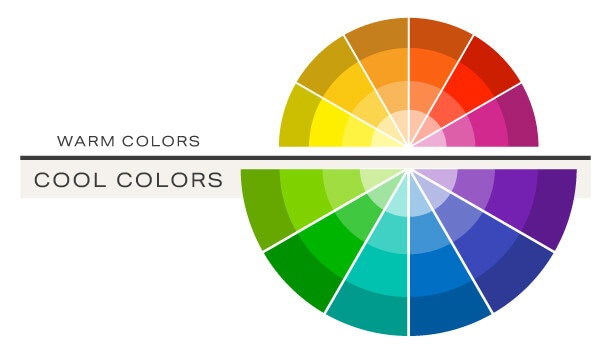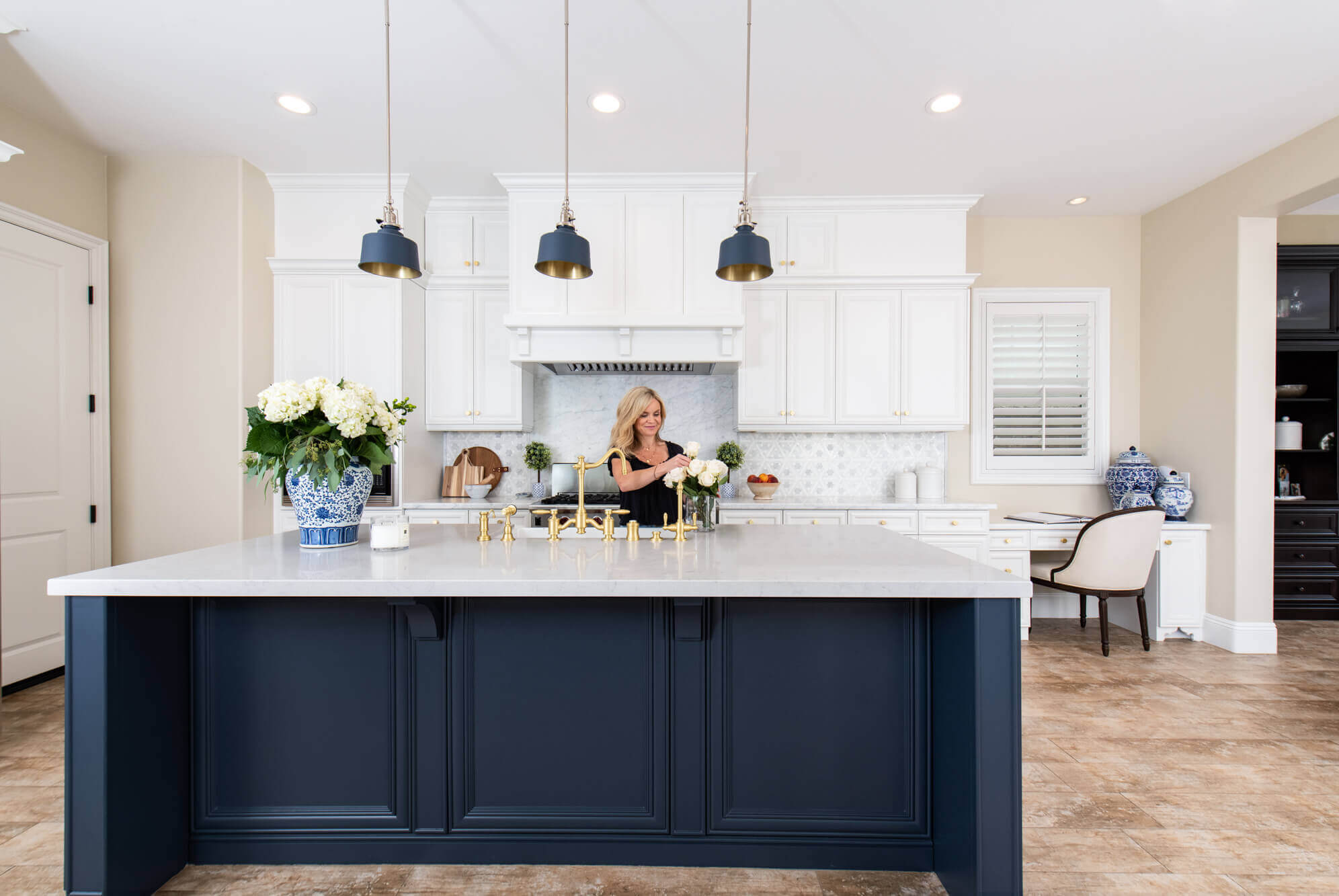
If you love the colors of the ocean, the mist over a purple mountaintop, and the peaceful green hues of nature, you might be drawn to the coolest colors on the spectrum; green, blue, and purple. But how do these cool colors really make us feel, and what types of people are drawn to them?

Green the Color of Growth

Green is created by mixing yellow and blue, so it combines the emotions of peace and happiness to promote healing and growth. It is the most prevalent color in nature and symbolizes life, health, and new beginnings.
People who like green are calm, analytic, and visionaries. They can seem antisocial, but really, they are independent. They adapt quickly to new situations and can quickly grasp groundbreaking ideas and abstract concepts. They are generous partners, and their relationships are built upon respect and loyalty.
Being prevalent in nature, it is not surprising that green is regarded as the most natural, restful, and relaxing color to the human eye. In the proper shades, green can calm and focus you, in fact, it has been known to lower the levels of hypertension and blood pressure.
So how might green impact your home’s design?
- In your home bathroom, lighter shades of green can promote rest and relaxation and help you feel more refreshed as you get ready in the morning or unwind after a long day.
- In your bedroom, the right shades of green can make your bedroom a calm and rejuvenating oasis. It can reduce anxiety and lower your blood pressure – conditions ideal to help you get the best sleep possible.
- In your home office, this is where green really shines. Green inspires growth and security in a calm and relaxing environment. Using green in your home office will help foster innovative ideas and concepts while reducing anxiety.
In the right shades, green is perfect as an accent wall or design element and helps you feel safe and secure in your home.
Blue the Color of Peace

As a primary color (and the most popular color on the spectrum), blue is a building block for many other colors and shades, but in its purest form, blue represents peace and tranquility. That’s because blue is synonymous with such things as the daytime sky on a calm day.
Blue is non-confrontational. It is the only color that has an array of positive effects, and little to no negative effects on the psyche. Some of the descriptions for the color blue include calmness and serenity but it also evokes orderliness. In fact, blue has been shown to increase productivity due to its calming and mentally stimulating effects. The use of blue is associated with trust and dependability and may be why it is the color of choice for uniforms for law enforcement and for authority figures.
People who like blue are confident, loyal, calm. They are good listeners and great friends, and as such, form strong, deep relationships. They demonstrate creativity, work well with others, and are good communicators.
It is not surprising that globally blue is considered to be the most popular color. In fact, out of all the colors, blue is by far considered the most trustworthy one. In fact, studies have shown that people are 15 percent more likely to go to stores that are painted in a hue such as blue, as the color suggests loyalty and reliability.

So how might blue impact your home’s design?
- In your home kitchen, blue is wonderful for kitchens. In most homes, the kitchen becomes the gathering place where friends mingle and connect and blue helps to relax people and promote trustworthy conversations.
- In baths, in the right shade, blue can make small, dark places seem lighter and more open. It can also be used in your bath to promote relaxation after a long, hectic day.
- In your work area or kid’s playroom, this is where blue can really shine. It helps to induce serenity and clarity, and increase productivity.
Blue can be an incredibly sophisticated design element when used as an accent color such as beige or white.
Purple the Color of Spirituality

Known as one of the rarest colors, this year’s Pantone Color of the Year is in fact a shade of purple! Purple is created by mixing the cool color blue and the warm color red. As such, it somehow impossibly combines the emotions of passion and peace to evoke spirituality. Further adding to the mystique of purple, it represents the colors that are the rarest occurring in nature.
And because it is strong and powerful like red, but orderly and trustworthy like blue, it makes absolutely perfect sense that darker shades of purple evoke royalty and nobility. It is not surprising that purple is considered to be one of the most regal, elegant, and royal colors. But due to its scarcity to occur naturally, it is also considered to be the most spiritual color on the spectrum and the darker shades create mystery and inspire curiosity.
People who like purple are charismatic and compassionate. Like their red counterparts, they have a certain power and like their blue counterparts, they also have stability. In other words, they have the perfect countenance to rule or lead others.
So how might purple impact your home’s design? It is actually one of the colors most impacted by varying shades.
- In your bedroom, lighter shades of purple shift towards feminine or romantic energies and mystery, and may help induce dreamlike feelings – perfect for the bedroom.
- In your teen’s work area, hang-out room, purple inspires creativity, so it is perfect for in-house art studios. It is a hit with adolescent teens and inspires them towards creativity.
- In your entertainment area, this is where dark purple really shines. It conveys majesty, elegance, and richness in a calm and serene setting.
Purple is perfect as a design element for an accent color and dark purple pairs very well with gold.
You’ll love: 4 Timeless Kitchen Cabinet Colors